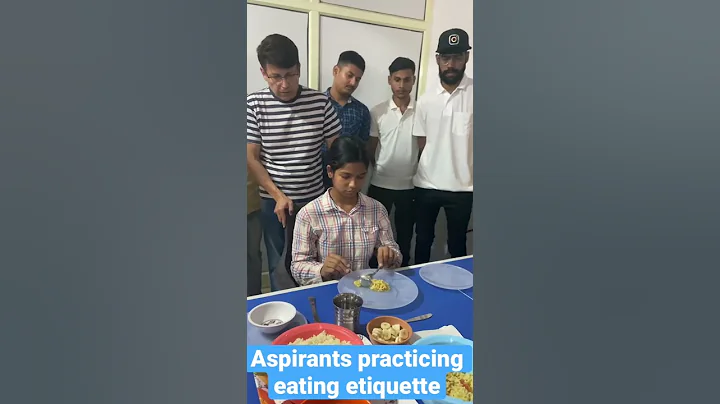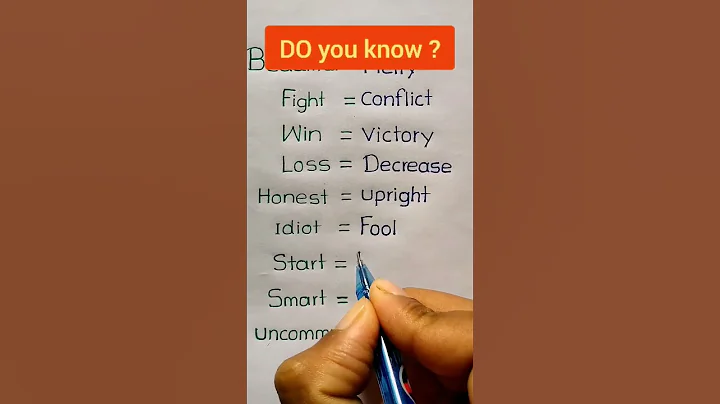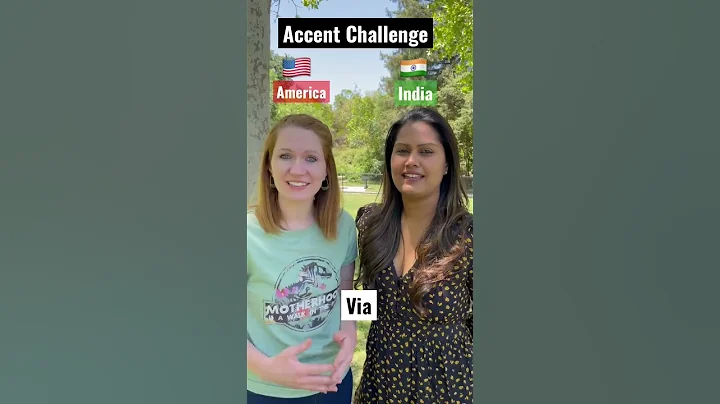At present, teacher recruitment interviews are generally conducted in the form of "written test" + "interview", and "interview" is often conducted in the mode of "demonstration" + "defense". In fact, the better way to examine teachers' ability to handle teaching materials is to "lecture". That is, the applicant faces the judges and tells the structure, key points, difficulties, teaching methods, processing design of each teaching link, etc. of the designated teaching materials.

However, because current normal school graduates do not have enough understanding of primary and secondary school textbooks, they have an uneven grasp of the key points of lectures. Coupled with the on-site restrictions, the preparation time cannot be sufficient, and the effect of on-site lectures is not very good. In addition, most of the judges are front-line teachers, and it is difficult to have a unified grasp of teaching standards.
As time goes by, the format of teacher recruitment interviews gradually changes to a more manageable "demonstration", and "defense" is often simplified to "question and answer".

1. What is a performance lesson
A performance lesson is also called "simulation class". The main difference between it and "real class" is that there is no direct participation of students, which means that the whole process is the teacher "performing" a lesson or a certain teaching. Fragments. It requires teachers to take away the interaction with students, compress some details, and use 10 to 15 minutes to interpret the structure of a complete lesson.
focuses on the teacher's design of the teaching links of this lesson, reshaping of the content structure, control and processing methods of key and difficult points, and presupposition and processing of problems that students may encounter in learning. A more comprehensive examination of teachers’ understanding of teaching content and their own teaching qualities.
is more concerned about fairness because he is a candidate. The preparation time usually ranges from half an hour to one class. In addition, there is no reference material. What is provided is the textbook, and more often it is a photocopy of a certain section of the textbook. Therefore, it is difficult to prepare a wonderful lesson in a short time and without reference materials.
Of course, the judges do not have such high expectations for the applicants. Applicants only need to prepare carefully according to their own understanding. What the judges evaluate is relative performance and ranking.

2. The key points of implementing the teaching
is to make the teaching design process concrete like a classroom facing students. That is, the "content of the teaching materials, teaching objectives, key points, and difficulties" are expressed through the specific operations of simulated classes (rather than directly stated), and more emphasis is placed on its practicality. Teachers imitate actual teaching during the simulated class process, but without the cooperation of students, they need to present 45 minutes of actual classroom teaching within 15-20 minutes.
cannot use even force when giving lectures. You should grasp the key points and difficulties of this lesson to achieve highlighting of key points and breakthroughs in difficult points. At the same time, it is necessary to construct a complete structure of the entire lesson and write an outline on the blackboard. It should be said that it is difficult for players who have not thought carefully, fully prepared, and practiced.
1. Let’s get straight to the point. Middle school classrooms have a relatively large capacity, and some classes also have experiments, so time is difficult to control. It is strictly forbidden to waste time by talking nonsense, especially in acting classes, just get straight to the point.
For example: Hello, teacher judge, I am contestant No. xx, and the topic of the lecture is "High School Physics." . . . 》, then write the topic on the blackboard; of course, the introduction of the corresponding topic should be based on the specific situation, but it should also be as simple as possible. Unless your introduction design is very eye-catching, there is no need to spend too much time on the introduction;
2. Topic introduction. There are many ways to introduce physics topics, which should be determined according to the specific situation. It is important that this kind of teaching is simple and clear. And describe the process in introductory transitional language. If the experiment is introduced and it is impossible to have equipment on site, you can say: In order to enable students to enter the learning situation as soon as possible, I designed a small experiment to use... to observe... the phenomenon and explain... ..., trigger...thinking, or ask questions;
can also be a video, or a set of pictures, but these contents must be briefly repeated so that the judges can understand what you used and what you want to achieve. What is the purpose? What is more taboo is: Please look at the "big screen". In fact, there is no audio-visual equipment at all. It is like talking nonsense and the scene is very embarrassing. This is a mistake often made by 90% of novices, so try to avoid it!

3. Teaching process.
(1) advances in an orderly manner and builds the system.The content of this lesson has several parts, and there are several points in each part. Who should be analyzed first and who should be dealt with? The level should be clear and reflect the logical structure. At the same time, write on the blackboard step by step (the main blackboard reflects the structure, and the secondary blackboard is for explanation). Specific questions, temporary writing, the main blackboard writing should be retained, and the secondary blackboard writing can be erased), pay attention to the language transition between each link;
(2) Focus on the key points, understand the application. For key knowledge sections, it is not necessary to say "this is the key point", but it should be felt by the listeners during class. For key knowledge, in addition to teaching it in a certain form, it is also necessary to organize student discussions to deepen understanding, and set up practice application links to achieve the purpose of highlighting key points;
(3) breaks through difficult points, is simple and effective. Regarding teaching difficulties (non-key points), it means that it is difficult for students to understand this issue, but it is not the key content. The teaching time should not be too long, but it must break through this difficulty and let students understand. Metaphors can often be used - quite You can guide students to understand what it is, and you can also use experiments to promote their understanding; in short, you should clearly explain the key points of difficult points and strive to understand them, but do not spend too much time (because they are not important);
(4) classroom interaction, default generation . In the teaching process, especially the establishment and application of key concepts and rules, in order to deepen understanding and cultivate application abilities, questions should be designed to guide students to participate in discussions, but there is no live demonstration. At this time, you must use introductory language to state your design. For example, if I design a question for students to discuss..., there may be three answers: "1...2...3. ...", among which 1, the error is..., what is the reason, 2, the error is... the reason is... 3, the error is ....., the reason is ..... A complete understanding should ..... There should not be many such designs, just one, because time does not allow.

(5) Connect with reality and handle it flexibly. The classroom should integrate theory with practice, and focus on the generation and growth of concepts. If there are demonstration experiment requirements in the textbook, you must talk about why you are doing the experiment, how to operate it, and what to observe during the class. .....phenomenon and get...conclusion. This is very important. If there is no experiment arranged in the textbook, but you think it is necessary to do a small experiment, you can also arrange it. You should also introduce the equipment, operating process, what phenomena were observed, and what conclusions were drawn. What to think about.
(6) class summary, perfect structure. When applying for a class performance, it is best to complete the teaching content of a class according to the routine, reflecting a systematic and complete structure. At the end of the class performance, a class summary should be made. Depending on the time, if there is not much time left, just refer to the "Structure Blackboard", simply Combing instructions are also good. The focus is on reflecting the overall structure and further clarifying logical relationships.
(7) After-class arrangements, review and preview. As for after-class homework, it is not necessary. If you have time to make some arrangements for after-class study, the focus should be on guiding students to learn to learn, such as reviewing first, then homework, and previewing the content of the next class, etc. If time is too tight, you can omit it. But, that's not the point.

3. Lecture defense
Interview defense is originally intended to ask the contestants to further analyze or elaborate on relevant designs based on relevant issues involved in classroom teaching. Through a series of questioning and supplementary answers, the contestants’ teaching and research abilities are further determined. and basic literacy, but this is a question based on classroom survival, and it is difficult to grasp the fairness of different contestants. Therefore, there are currently several preset topics. After the class, lots are drawn on site, and then the judges express their opinions on a certain topic. The basic qualities of players. Topics such as
are relatively broad and are generally general questions in various disciplines. The content does not involve subject knowledge, but general knowledge questions. Including: understanding of the new education and teaching theory, handling of incidents in the classroom, and the work of the class teacher is often one of the hot spots. To be honest, it is difficult to prepare for this, and the scope is too large. You can only rely on your own understanding and improvise. Of course, studying more about education, psychology, and new curriculum concepts will definitely help with the defense. It is also beneficial to read more case analysis and responses to broaden your horizons.
Classroom teaching is science, with its inherent laws and relatively certain methods and paths. Beginners can follow the rules to find the path to study and study; but at the same time, classroom teaching is also an art, full of changes and uncertainties, and it varies according to time, place and people. There are no fixed routines, you can play whatever you want within a certain range. Because of this, there is no upper limit to the excellence of acting, and at the same time, right or wrong can only be made in a matter of seconds.





















